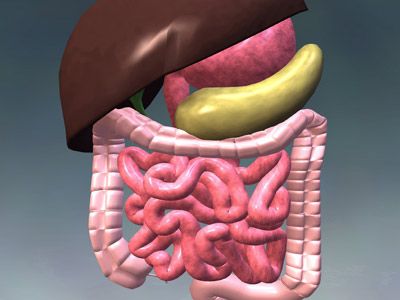When you look in the mirror, you see a transposed image of yourself. Now imagine having supernatural powers orx-ray visionand looking into your mirror image to see your internal organs. This is how your organs may look if you hadreversal of organs. When a person's internal organs are reversed, they appear on opposite sides of the body than they typically are. Also calledsitus inversus, this puzzling and intriguing condition occurs in just 0.01 percent of all people. It's seen equally in males and females [source:eMedicine].
In many cases, reversal of organs won't lower a person's life expectancy or harm his quality of life. That's why some people never know they have this condition. It can be diagnosed by accident -- anincidental findingin an unrelated medical procedure, like an abdominal surgery. Situs inversus and other related disorders can also be diagnosed throughx-ray、超声和CT扫描。使用ultrasound, doctors can detect reversal of organs while a fetus is still in the womb.
Advertisement
Most of the time, there's no way and no need to treat reversal of organs. Entire organs can't be switched, but accompanying disorders or abnormalities may require treatment.
We still don't know exactly what causes the condition. Scientists only know that a mutation appears in the genes of people whose organs are reversed, but the specific cause of the mutation and its nature are unknown.
Before we explore this medical mystery further, let's cover some related medical terms:
- Situs solitus: normal arrangement of internal organs
- Levocardia: normal positioning of the heart on the left side of the body
- Mesocardia: heart positioned in the center of the chest
- Dextrocardia: reversal of the position of the heart
Let's look at some examples and variations of this rare birth defect.
Advertisement






